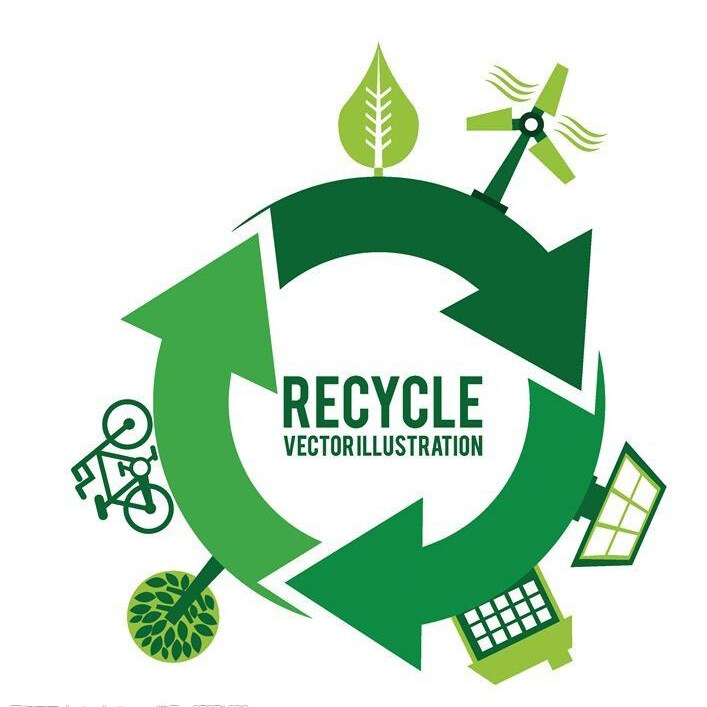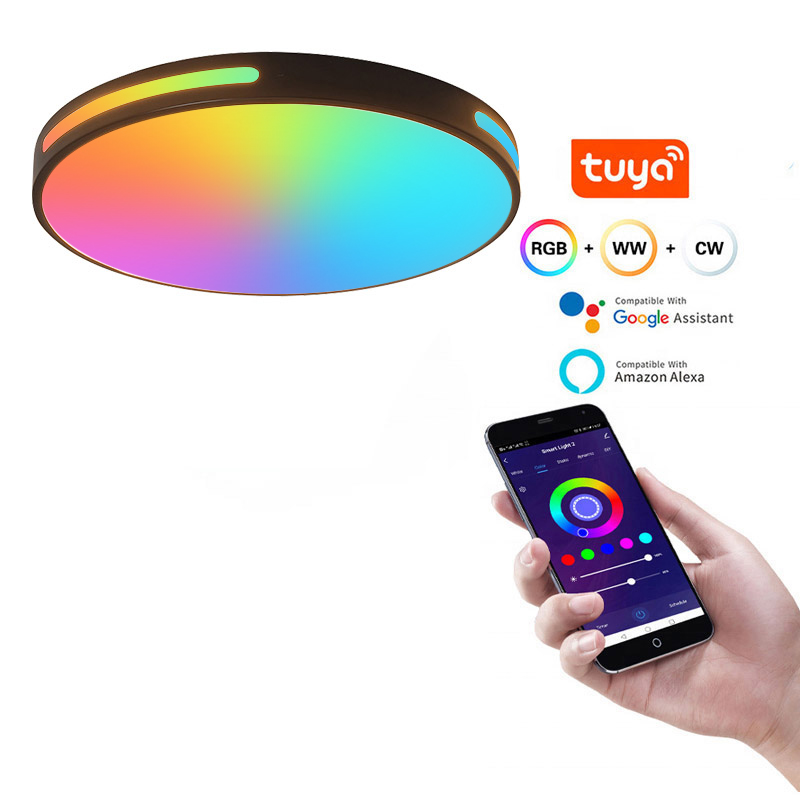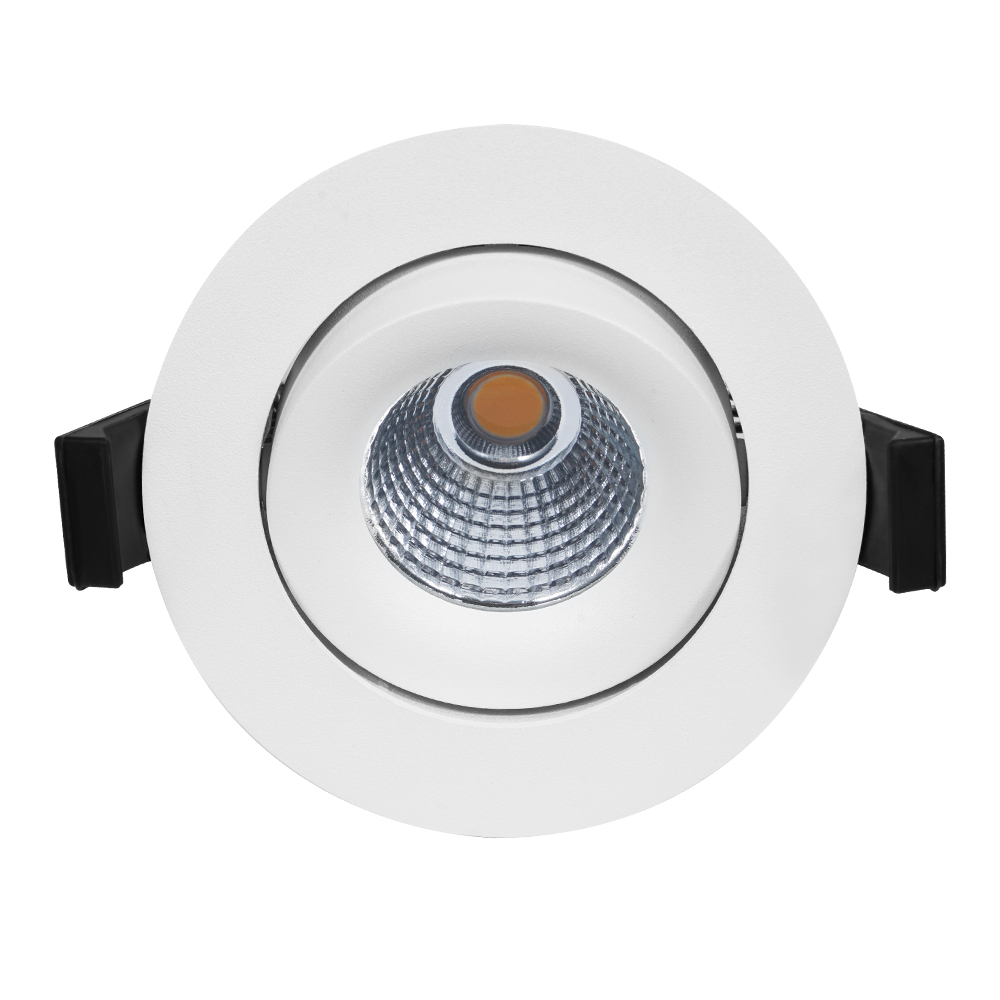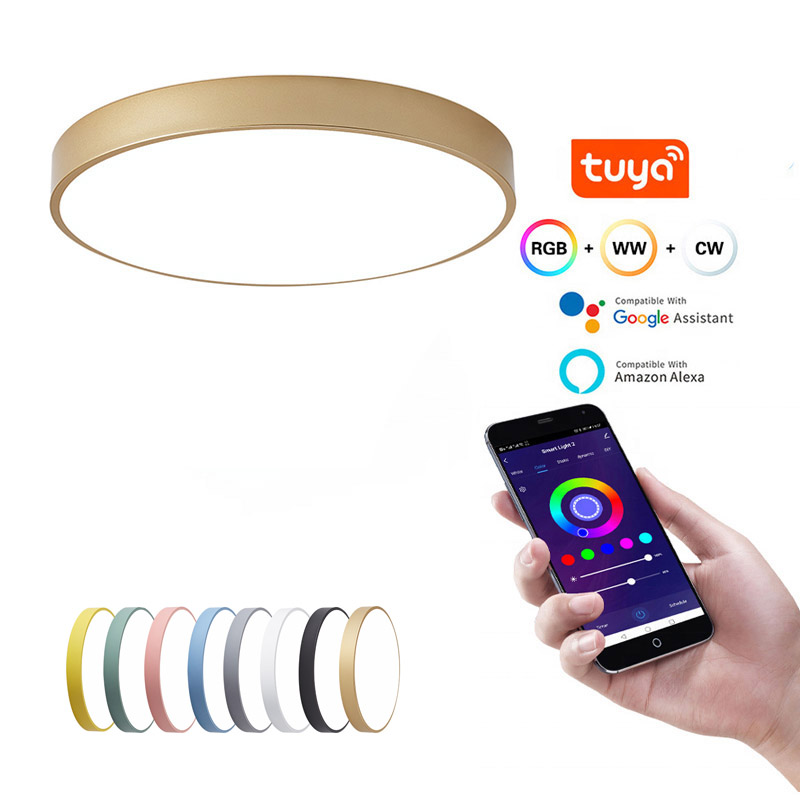The circular economy is a model of production and consumption, which involves sharing, leasing, reusing,
repairing, refurbishing and recycling existing materials and products as long as possible. In this way, the life
cycle of products is extended.
This is a departure from the traditional, linear economic model, which is based on a take-make-consume-throw
away pattern. This model relies on large quantities of cheap, easily accessible materials and energy.

To protect the environment
1.Reusing and recycling products would slow down the use of natural resources, reduce landscape and
habitat disruption and help to limit biodiversity loss.
2.A reduction in total annual greenhouse gas emissions. According to the European Environment
Agency, industrial processes and product use are responsible for 9.10% of greenhouse gas emissions
in the EU, while the management of waste accounts for 3.32%.
3.Creating more efficient and sustainable products from the start would help to reduce energy and
resource consumption, as it is estimated that more than 80% of a product's environmental impact is
determined during the design phase.
Reduce raw material dependence
Recycling raw materials mitigates the risks associated with supply, such as price volatility, availability and
import dependency.

This especially applies to critical raw materials, needed for the production of technologies that are crucial for
achieving climate goals, such as batteries and electric engines.
Consumers will be provided with more durable and innovative products that will increase the quality of
life and save them money in the long term.








